Drag racing has always been about power-to-weight, traction, and the guts to send a street car down the strip as fast as possible. The big names—Hemis, big-block Chevys, and Boss Mustangs—often dominate the conversation, but plenty of factory muscle machines were quietly designed with the quarter-mile in mind. Some were built in tiny numbers for sanctioned NHRA classes, while others slipped into showrooms with performance far beyond their looks. These were cars engineered less for daily comfort and more for one purpose—winning when the light turned green.
1964 Ford Thunderbolt
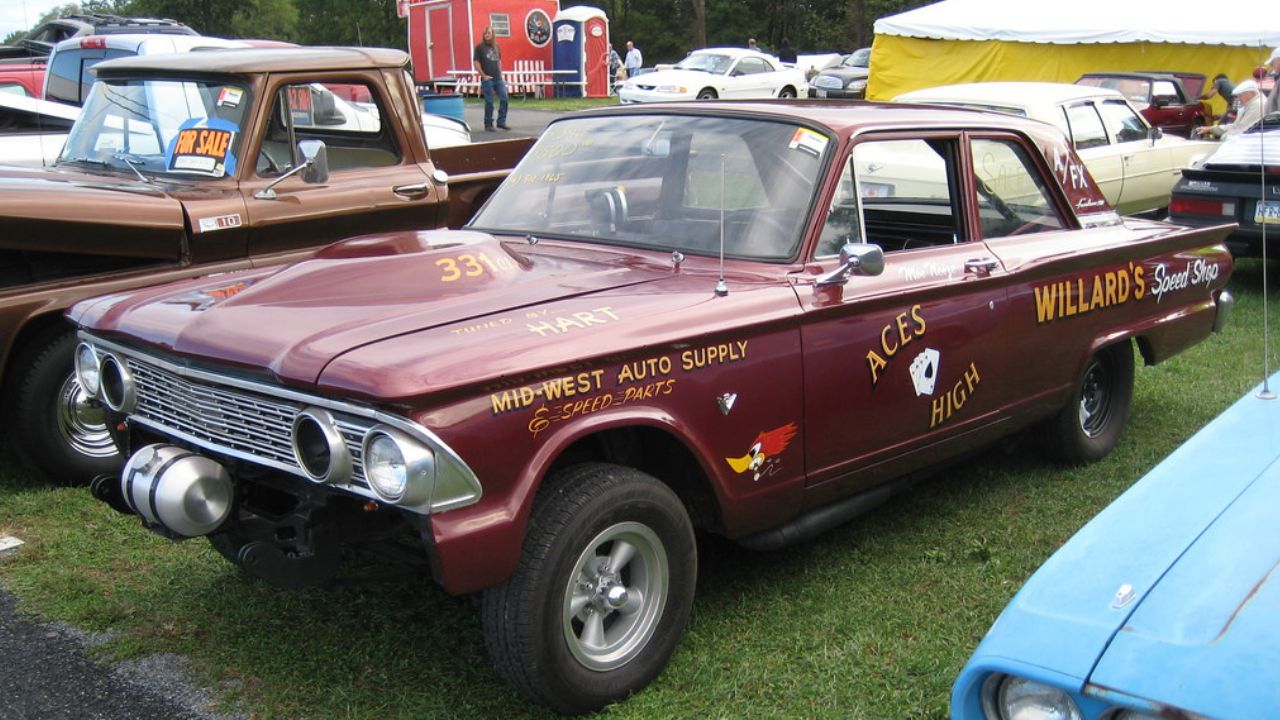
Ford only built about 100 Thunderbolts, all intended for NHRA Super Stock competition. They were essentially Fairlane two-doors stuffed with the 427 cubic-inch High Riser V8, rated at 425 horsepower but known to be stronger in practice. Fiberglass body panels, Plexiglas windows, and stripped interiors kept weight low, making them brutally quick off the line. With quarter-mile times dipping into the low-11s in factory trim, the Thunderbolt was less a street car and more a factory drag weapon.
1968 Dodge Hemi Dart

Dodge produced a handful of Dart GTS models fitted with the 426 Hemi strictly for drag racing. Built by Hurst, these cars featured acid-dipped body panels, lightweight seats, and a raw interior with little regard for comfort. The Hemi churned out well over 425 horsepower, though racers knew the figure was underrated. Out of the box, the car could dip into the 10-second quarter-mile range with slicks. Few survived unmodified, as nearly all were pressed into serious drag duty.
1969 Chevrolet COPO Camaro ZL1

The ZL1 Camaro wasn’t meant for showroom traffic—it was engineered for the strip. With a 427-cubic inch all-aluminum big-block, it weighed less than most iron-block muscle while producing around 430 horsepower. In reality, many delivered closer to 500. Just 69 were built under Chevrolet’s COPO program, making them both rare and feared. Quarter-mile times in the low-12s meant the ZL1 could run with dedicated drag cars while still carrying a license plate. Its scarcity kept it a legend in racing circles.
1968 Plymouth Barracuda Super Stock

Chrysler teamed with Hurst to create these lightweight drag cars, starting with stripped-down Barracuda bodies and dropping in the 426 Hemi. Interiors were gutted, fiberglass front ends replaced steel, and the cars were factory-shipped with headers in the trunk. Output was listed at 425 horsepower, but real figures soared much higher. In competition trim, the cars consistently hit the 10-second quarter-mile mark, setting the stage for Mopar’s dominance in NHRA Super Stock.
1970 Buick GSX Stage 1
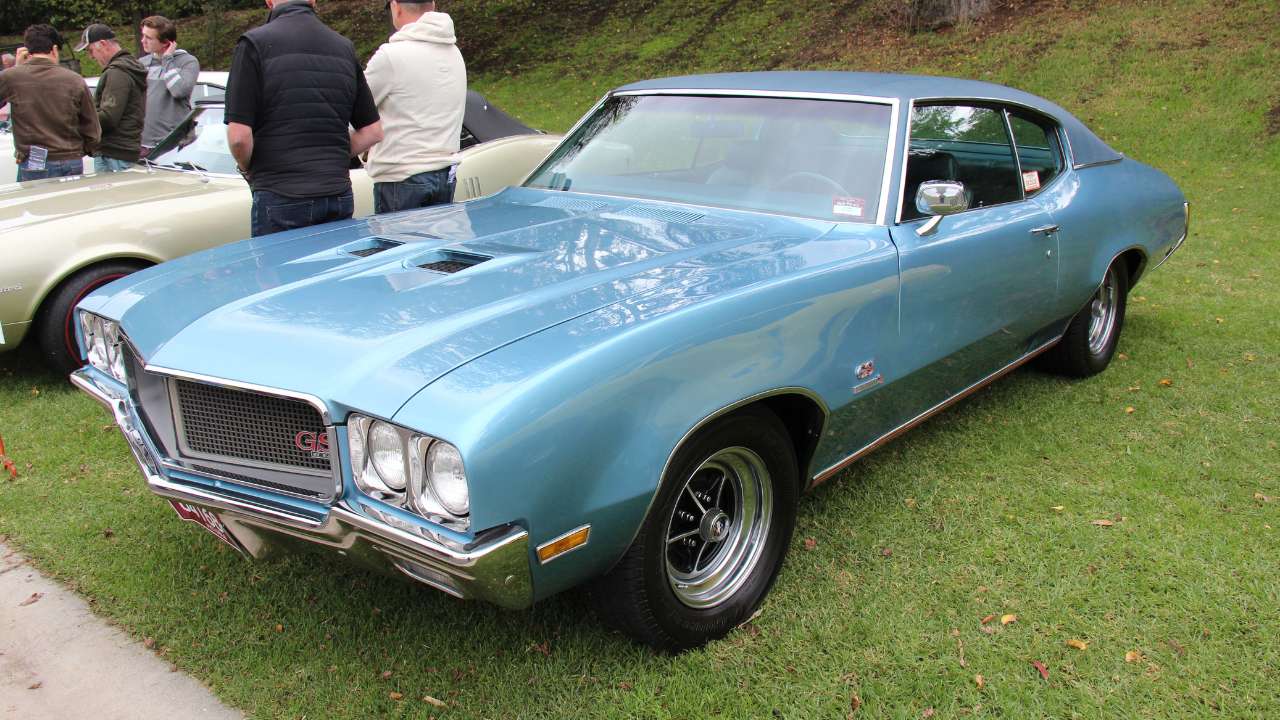
While Buick wasn’t usually associated with drag strips, the GSX Stage 1 was a serious contender. Its 455-cubic inch V8 with revised heads, hotter cam, and a Rochester Quadrajet carb delivered 360 horsepower on paper but upwards of 500 lb-ft of torque. That made it one of the quickest muscle cars in showroom stock form, running mid-13s in the quarter-mile. With its functional hood tach and aggressive stance, the GSX proved Buick could play hard when it wanted.
1963 Pontiac Tempest Super Duty
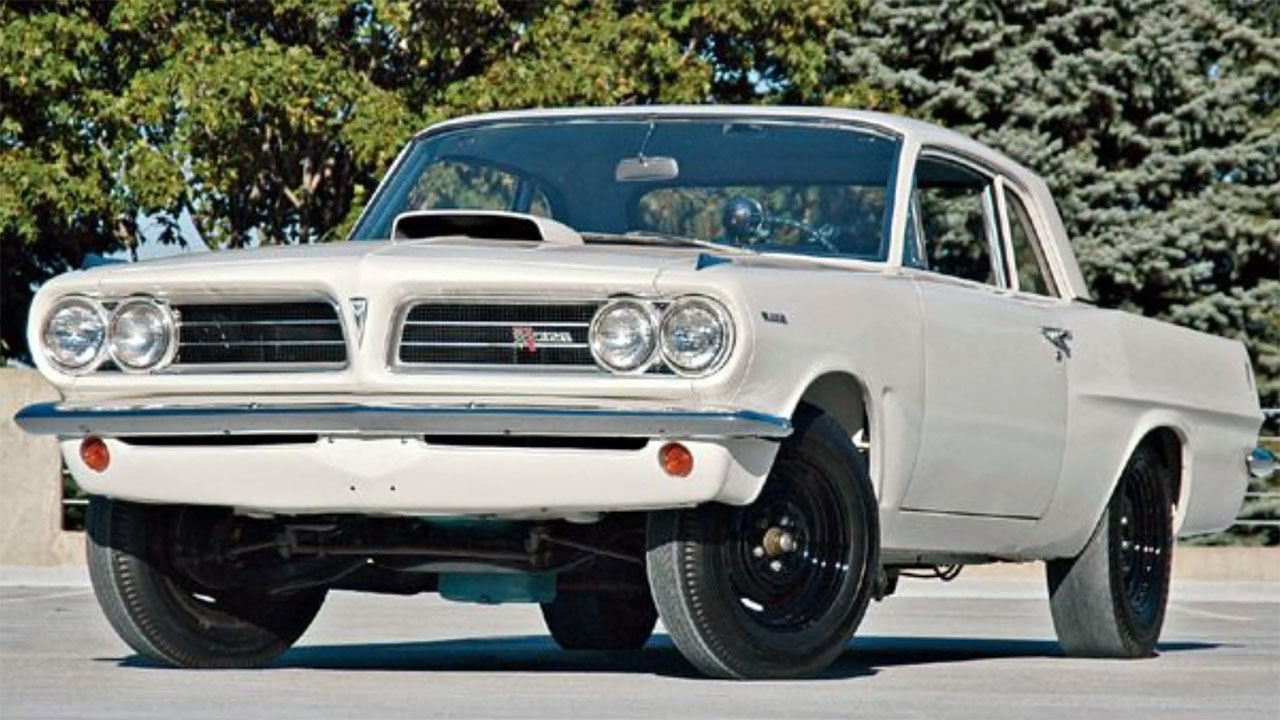
Pontiac’s lightweight Tempest SD was built in tiny numbers for drag competition. Engineers shoehorned a 421-cubic inch V8 under the hood and combined it with aluminum body panels to save weight. The quirky rope-drive transaxle was replaced with a conventional drivetrain to handle the power. Despite looking like a compact economy car, these Tempests were monsters at the strip, easily running low-12s. Their rarity and unusual engineering made them one of the more forgotten, yet effective, drag-package muscle cars.
1971 AMC Hornet SC/360
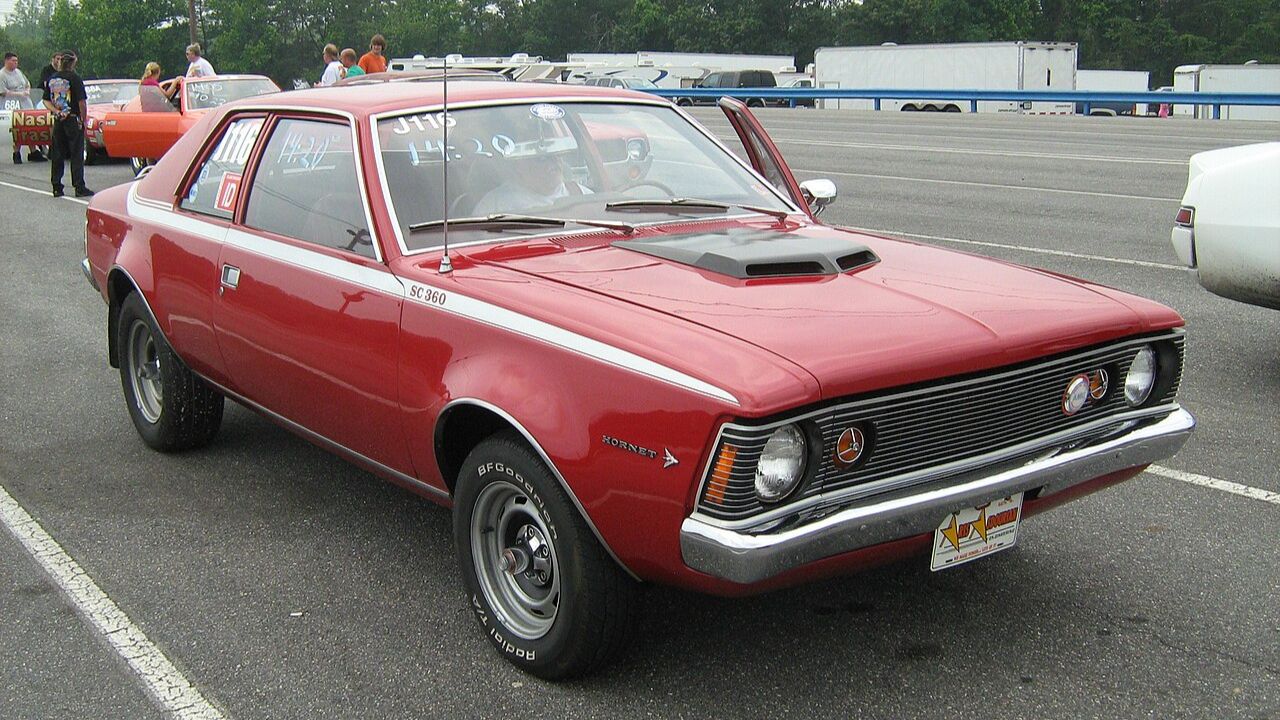
AMC’s Hornet SC/360 was an underdog drag racer that came in at an affordable price. Powered by a 360-cubic inch V8 rated at 285 horsepower in “Go” package trim, the Hornet was lightweight enough to make the most of its output. Quarter-mile times in the mid-14s didn’t set records, but the car’s simplicity and tuning potential gave it an edge with grassroots racers. Though often overshadowed, it represented AMC’s willingness to chase performance without breaking the budget.
1962 Dodge Dart Max Wedge
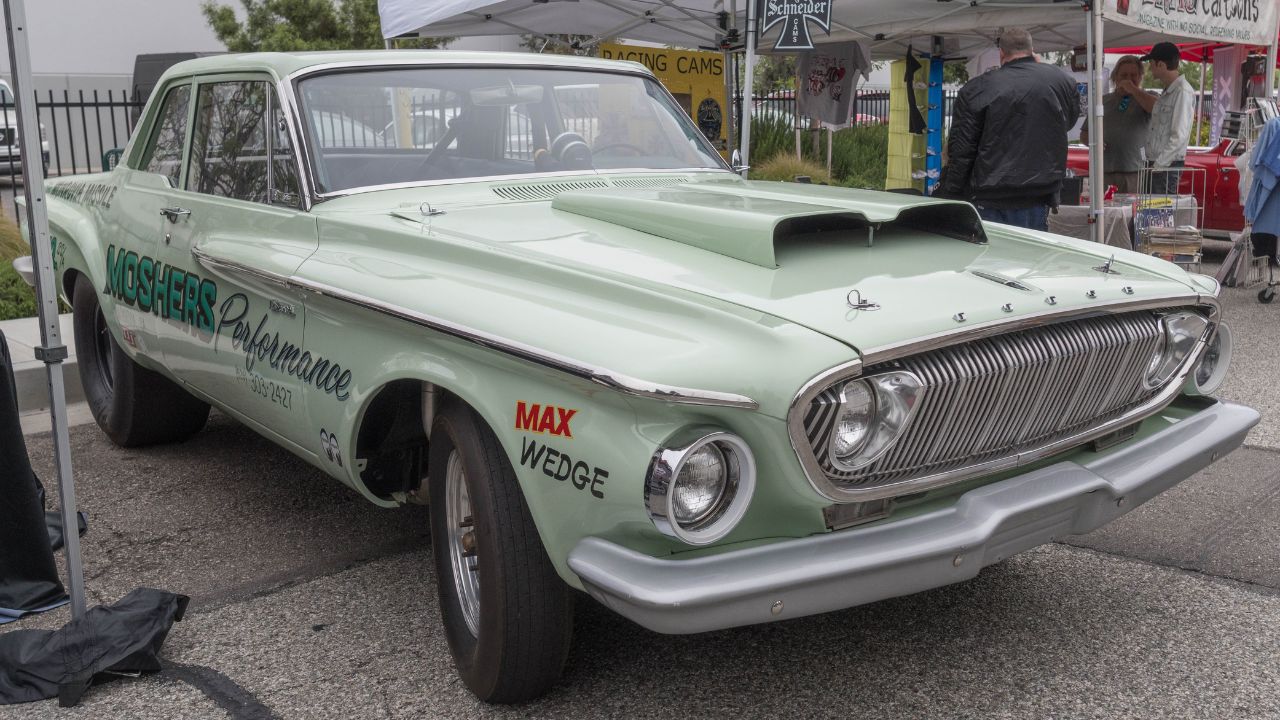
The Max Wedge program was Dodge and Plymouth’s answer to factory drag racing in the early ’60s. The Dart’s 413-cubic inch “Ramcharger” V8 featured high-rise intake manifolds and dual Carter four-barrels, pushing out up to 420 horsepower. With lightweight construction and aggressive gearing, these Darts ran low-13s right off the lot. Chrysler built them specifically for racers, and the cars cemented Mopar’s reputation on the strip before the Hemi era even began.
Like Fast Lane Only’s content? Be sure to follow us.
Here’s more from us:
*Created with AI assistance and editor review.

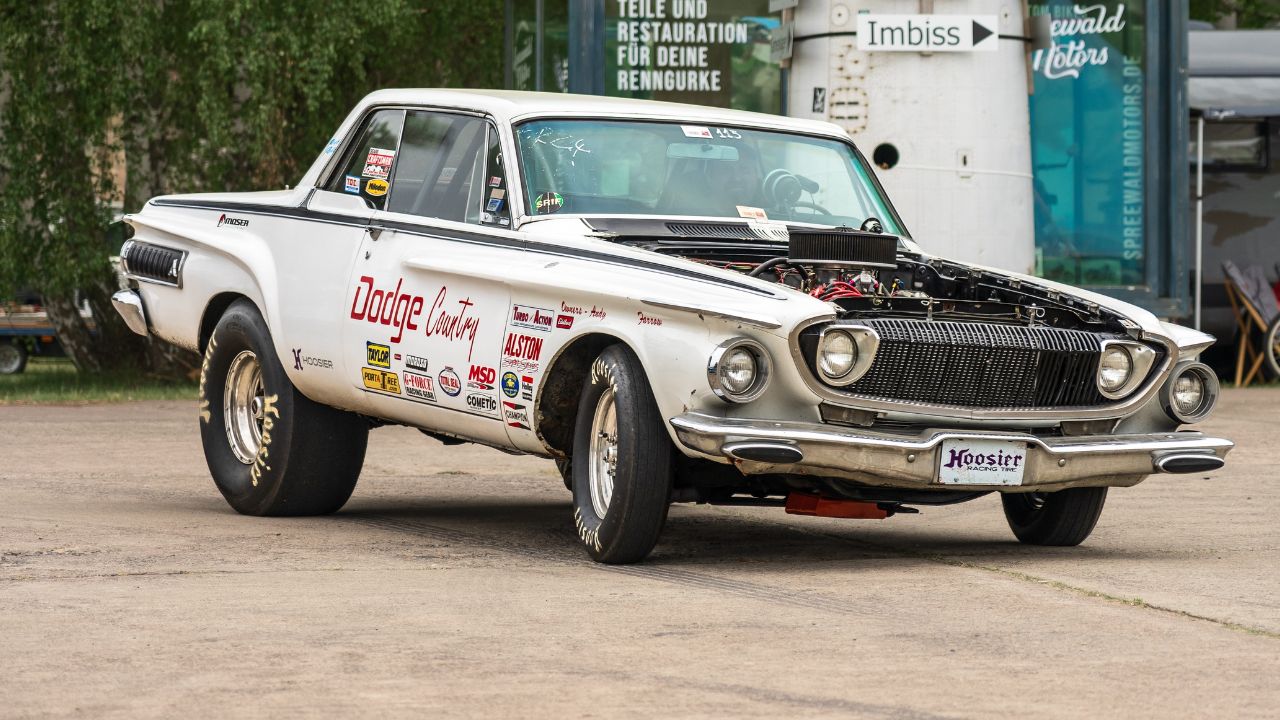
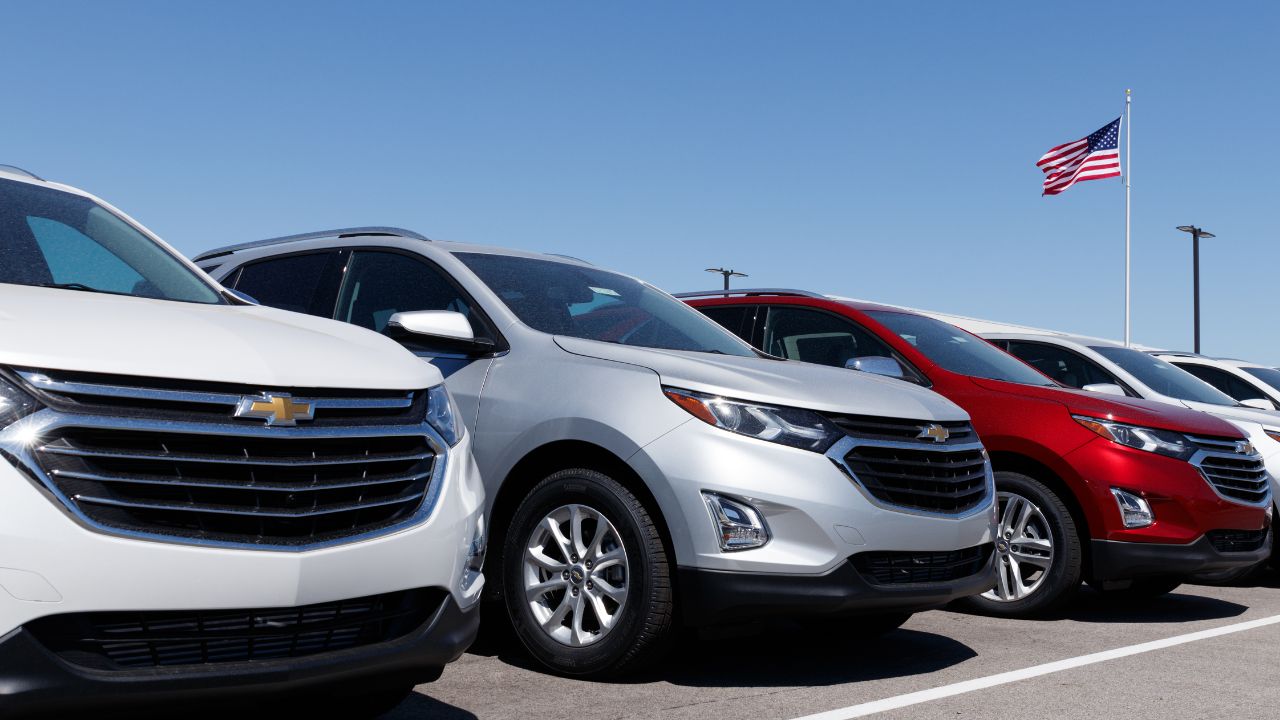
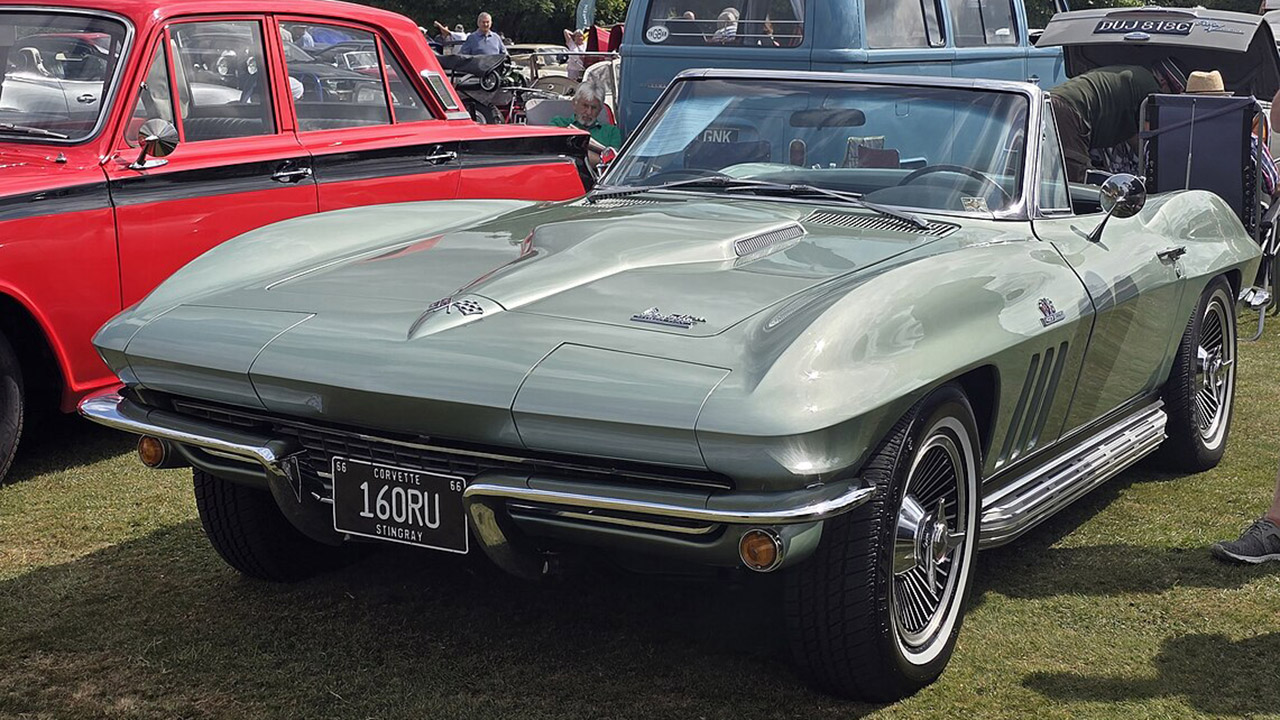
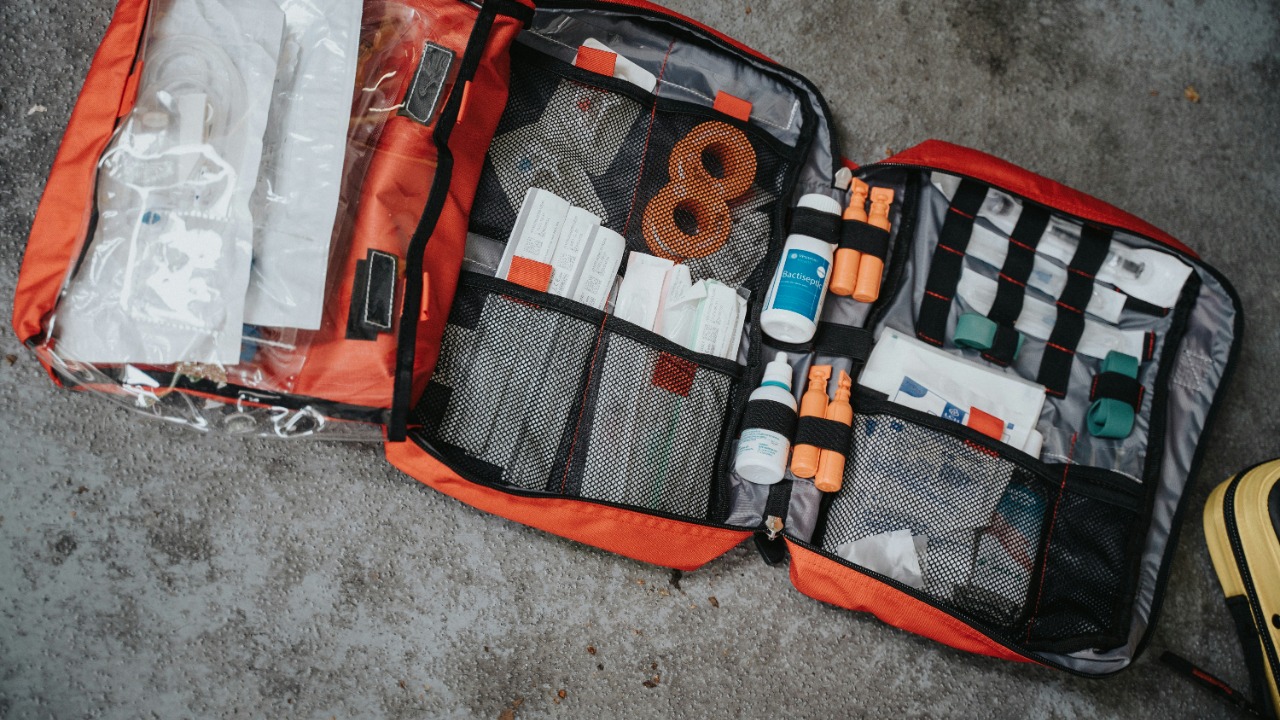
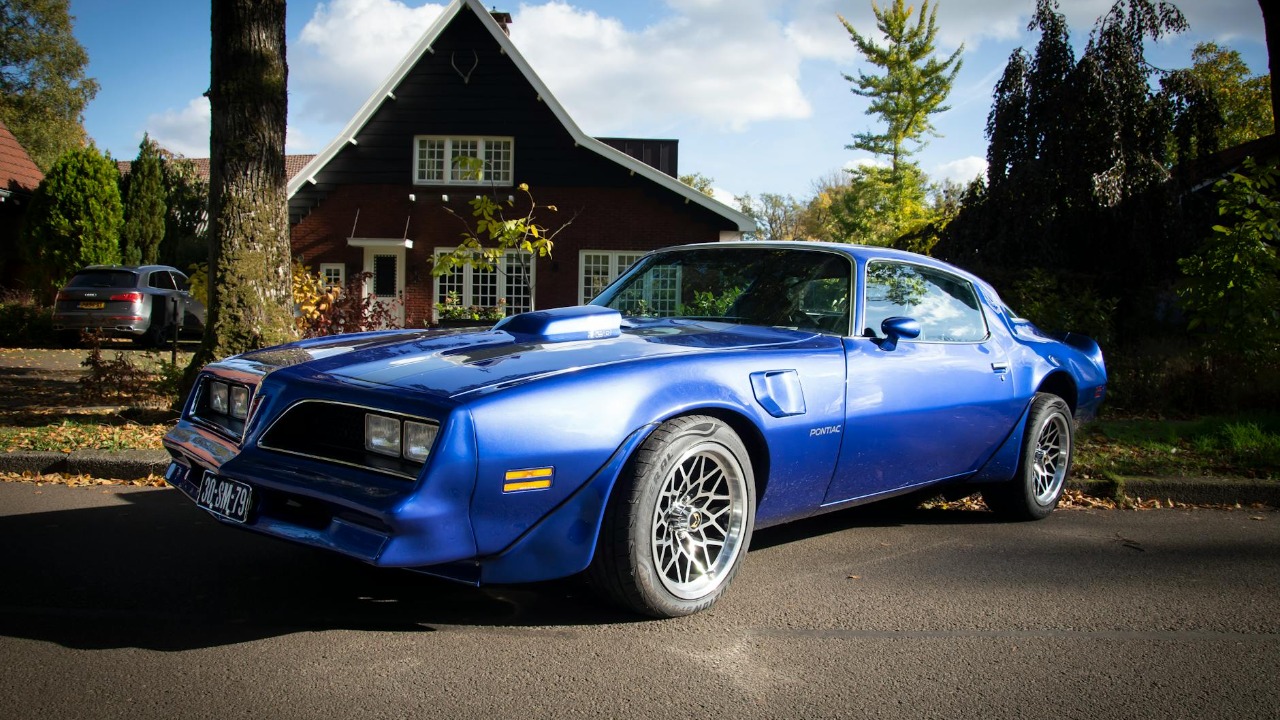
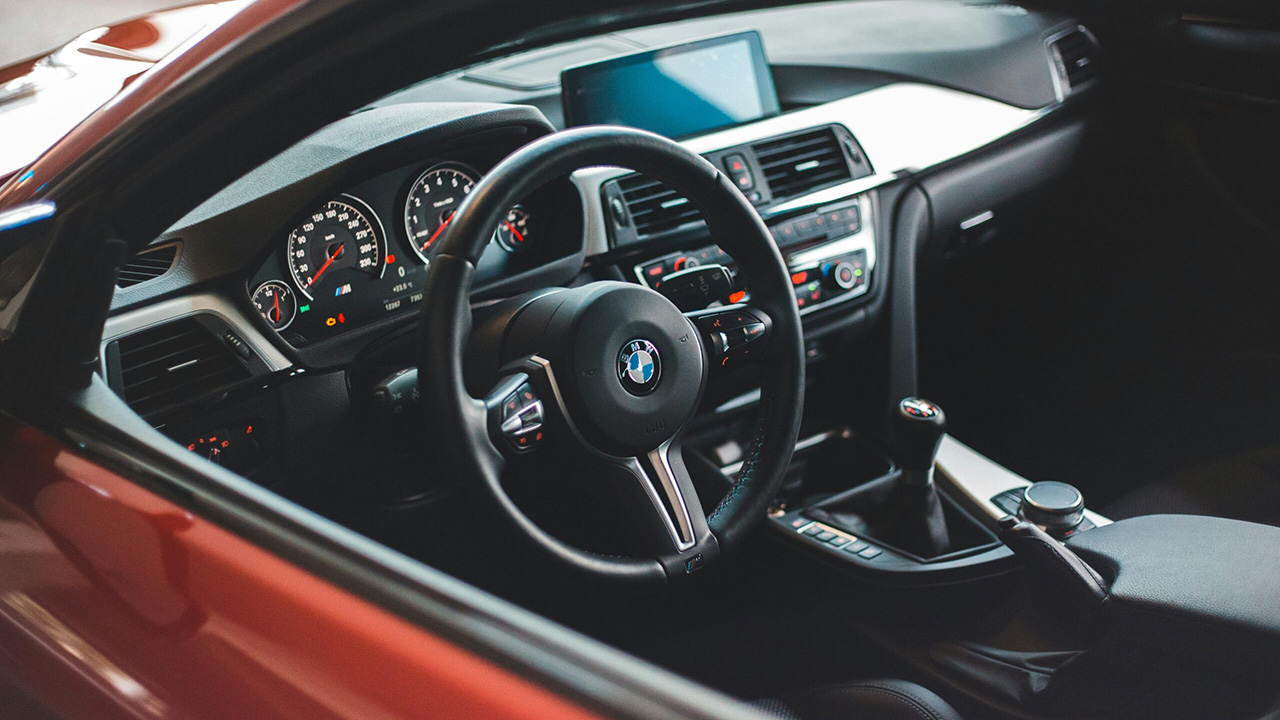
Leave a Reply